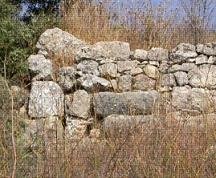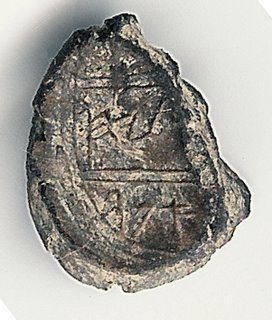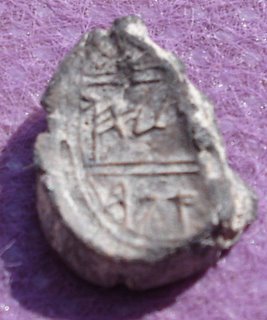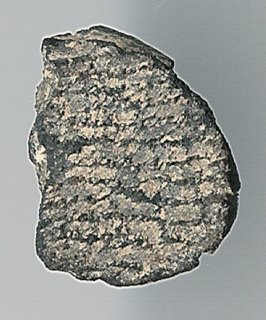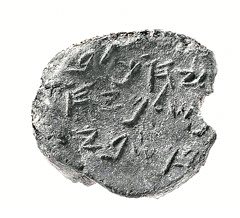Underwater Museum Opens in Caesarea
Maariv reports on a new archaeological museum that opens this week in Caesarea:

Map of the Caesarea Maritima
Photo source: Combined Caesarea Expeditions home page
Related Links:
References:

Map of the Caesarea Maritima
Photo source: Combined Caesarea Expeditions home page
Diving equipment, a guide with oxygen-containers on his back, plastic maps, and a totally wet experience may sound like another regular diving endeavor, but in fact, this is the tour that the first Israeli underwater museum will offer, opening this week in Caesarea.
The archaeological park will open this Friday in Caesarea, on the remains of a port that King Herod built 2000 years ago, the Caesarea Maritima, and which sunk underwater after only a century. The park, a project in which hundreds of thousands of dollars were invested, under the direction of Sarah Aharonson, will allow anyone that has undergone a basic diving course to take off his shoes, wear the diving suit, and dive into the past - the port's remains.
The park is over 25000 square feet in size, and is divided into four tour routes along the ancient port: the port's entrance, the lighthouse remains, the remains of the piers, the breakwaters, and the docking platforms, remains of jewelry, statue bases, coins, and a shipwreck.
"This is a one-of-a-kind park in the whole world," says Dr. Nadav Kashtan, a lecturer at the Dept. of Maritime Civlizations at Haifa University, "the explorers-divers will enjoy a special wet experience of time travel."
Related Links:
References:
-
Raban, Avner, and Kenneth G. Holum. Caesarea Maritima: A Retrospective After Two Millennia (Documenta Et Monumenta Orientis Antiqui, V. 21). Leiden: E. J. Brill. 1996. Hide Review
- Magness, Jodi. "Review of Caesarea Maritima: A Retrospective after Two Millennia, ed. by Avner Raban and Kenneth G. Holum". In Bulletin of the American Schools of Oriental Research 308 (1997): 108-110.






